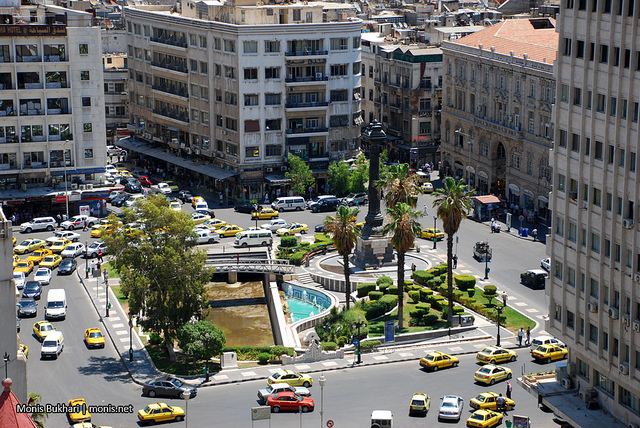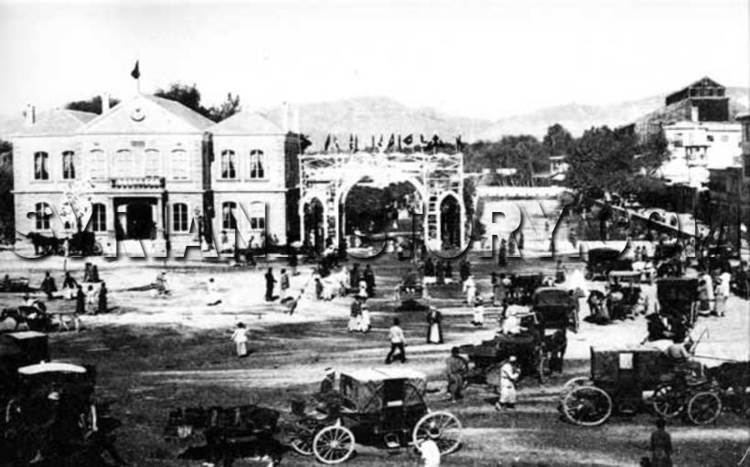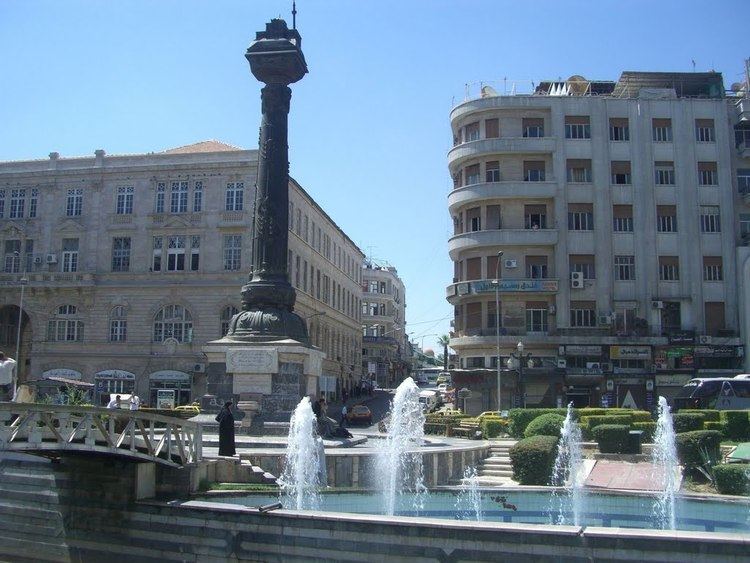 | ||
Completion late nineteenth century Known for executions on 6 May 1916 Similar Yalbugha Mosque, Tekkiye Mosque, Hejaz Railway Station, Bab Tuma, Bab al‑Jabiyah | ||
Urban development marjeh square syria damascus
Marjeh Square (Arabic: ساحة المرجة / ALA-LC: sāḥat al-Marjah), also known as "Martyrs' Square" (ساحة الشهداء sāḥat ash-Shuhadā’), is a square in central Damascus, Syria, just outside the walls of the old city. The Syrian Interior Ministry has its headquarters in the square.
Contents

History

The square was built by the Ottomans in the late nineteenth century. A new post office and municipality were built there using steel and cement, new materials for Damascus at that time. The Ottomans publicly executed seven Syrian national activists in the square on Martyrs' Day, 6 May 1916, and it is for this reason known as "Martyrs' Square". After the French took control of Syria they continued to use the square for the same purpose. Fakhri Hassan al-Kharrat, son of the Great Syrian Revolt leader Hasan al-Kharrat, was hanged there in 1925–26.


